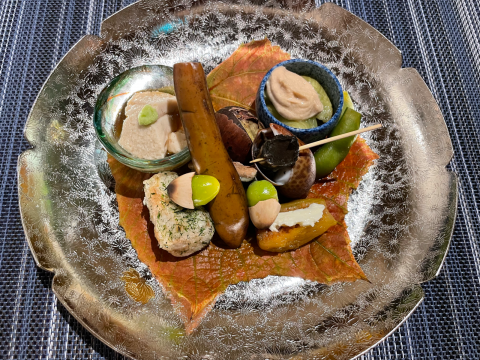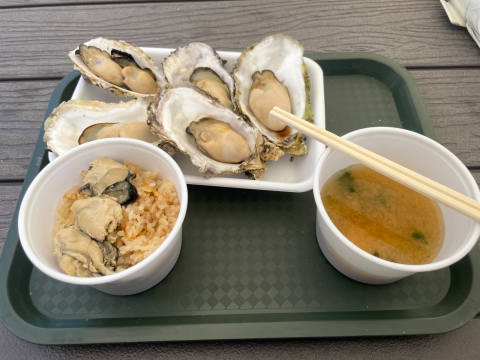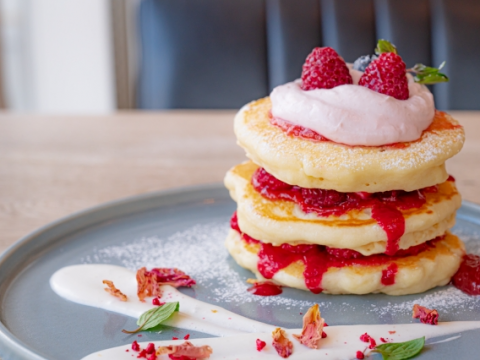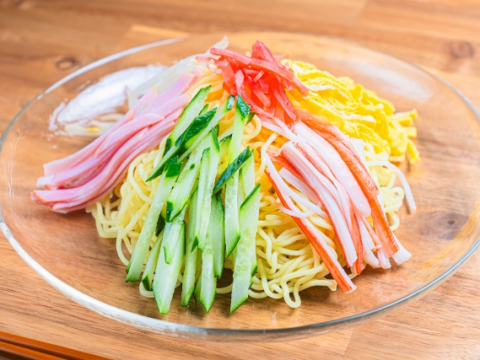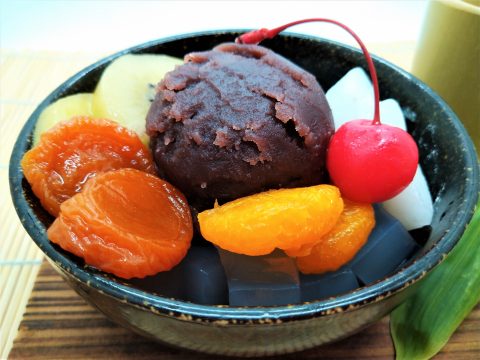Soba(蕎麦)
JAPANESE FOODS
26.05.2025
A few weeks ago I wrote about the different types of (hot pot) that you can find in the supermarket in winter. Now that it has started to get warmer, about 80% of the soup preparations have disappeared to make way for other dishes typically eaten in summer. One of them is soba. Let’s learn more about it!
Soba are noodles made primarily from buckwheat flour, though they also contain a small amount of wheat flour. They have a distinctive brownish color thanks to the buckwheat, and even after boiling, they retain a certain firmness and texture.

Actually, this is not correct. Soba can be enjoyed all year round. In winter, they’re often served in hot broth, but in summer, they’re typically served cold with a dipping sauce called men-tsuyu. It’s a refreshing way to eat noodles when it’s hot outside.

Cold soba is traditionally served on a bamboo tray called a “zaru”. The bamboo helps drain excess water from the noodles, keeping them from getting soggy. If you try making soba at home and don’t use a draining tray, you’ll notice the difference—they tend to become waterlogged and lose some of their flavor and texture.


After finishing your soba, some restaurants will offer you soba-yu, which is the hot water used to boil the noodles. You mix it with the remaining men-tsuyu and drink it like a soup. It’s rich in nutrients and considered part of the full soba experience. Personally, I always look forward to this part. When I don’t get offered soba-yu, I catch myself thinking, “Hey, where’s my soba-yu? I need my soba-yu!”


